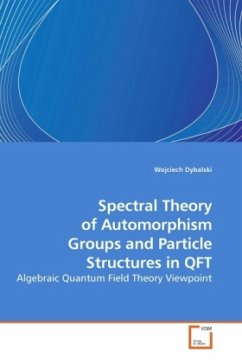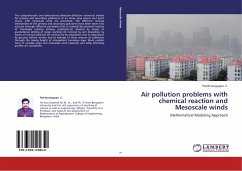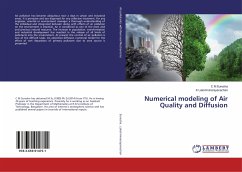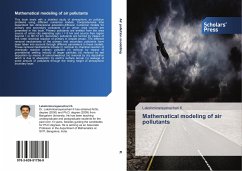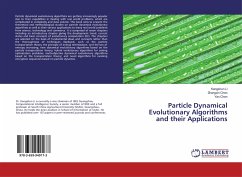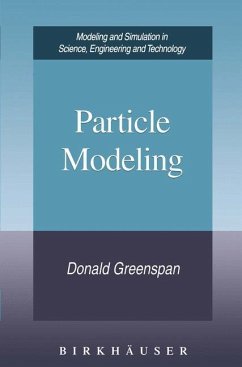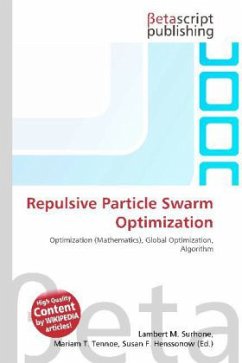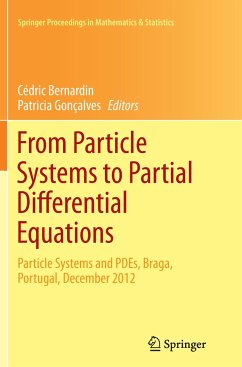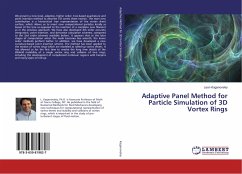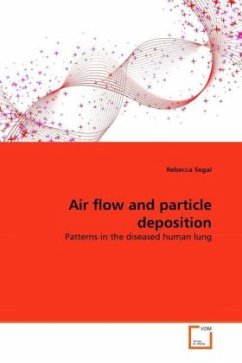
Air flow and particle deposition
Patterns in the diseased human lung
Versandkostenfrei!
Versandfertig in 6-10 Tagen
39,99 €
inkl. MwSt.

PAYBACK Punkte
20 °P sammeln!
This work is an investigation of particle deposition and air flow in the human lung. In particular we are interested in how the motion of particulate matter and air is affected by the presence of lung disease. Patients with compromised lung function are more sensitive to air pollution; understanding the extent of that sensitivity can lead to more effective air quality standards. Also, understanding of air flow and particle trajectories could lead to the development of better aerosol drugs to treat the lung diseases. Computational flow models are used to model two different airway diseases, chr...
This work is an investigation of particle deposition and air flow in the human lung. In particular we are interested in how the motion of particulate matter and air is affected by the presence of lung disease. Patients with compromised lung function are more sensitive to air pollution; understanding the extent of that sensitivity can lead to more effective air quality standards. Also, understanding of air flow and particle trajectories could lead to the development of better aerosol drugs to treat the lung diseases. Computational flow models are used to model two different airway diseases, chronic obstructive pulmonary disease (COPD) and bronchial tumors. The presence of disease in the lung has a large effect both on global deposition patterns and on localized airflow patterns. This indicates the need for different protocols regarding susceptibility of people to airborne pollutants that take into account lung disease. It also suggests that treatment should account for changes in airflow in the diseased lung.




